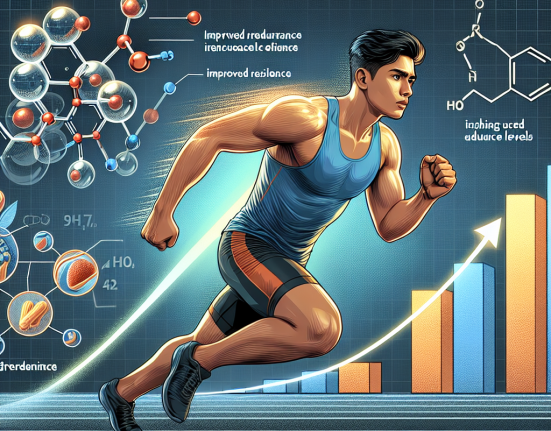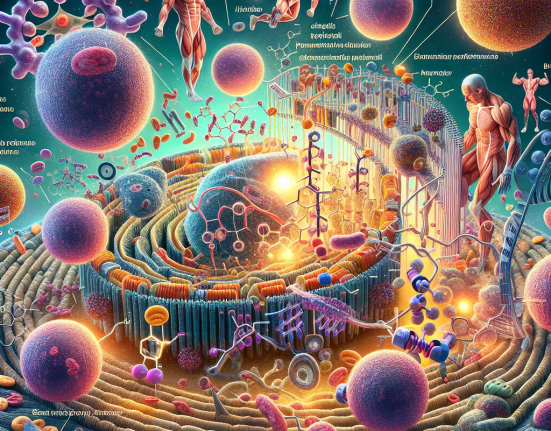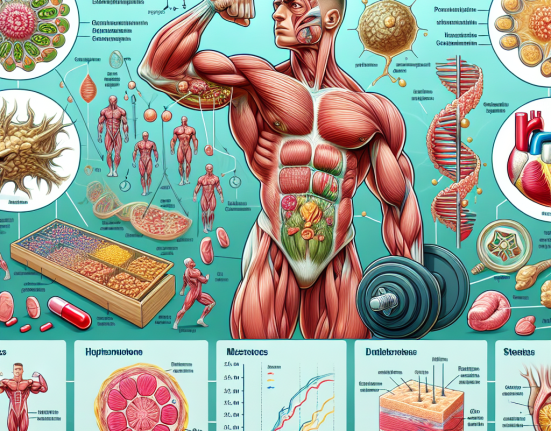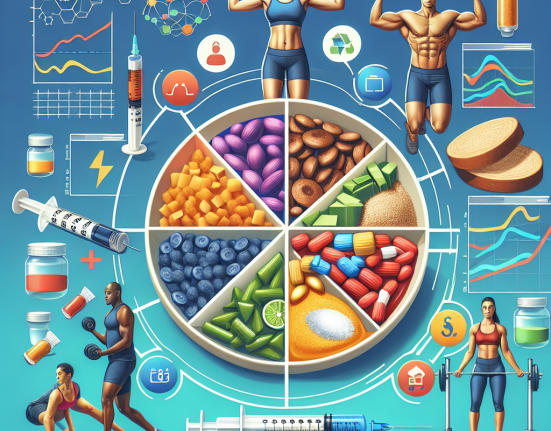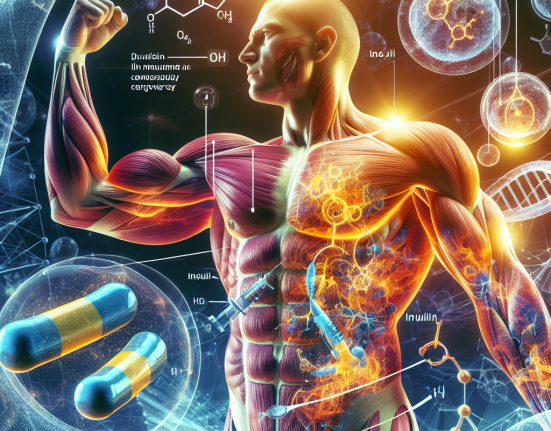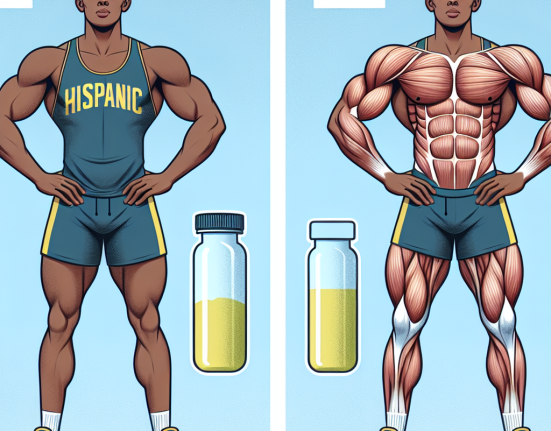-
Table of Contents
The Use of Isotretinoin in the World of Sports
Isotretinoin, also known as Accutane, is a powerful medication primarily used for the treatment of severe acne. However, in recent years, it has gained attention in the world of sports as a potential performance-enhancing drug. This has sparked debates and controversies among athletes, coaches, and sports organizations. In this article, we will explore the use of isotretinoin in sports and its potential effects on athletic performance.
What is Isotretinoin?
Isotretinoin is a synthetic form of vitamin A that works by reducing the production of oil in the skin, thus preventing acne. It is typically prescribed for severe cases of acne that have not responded to other treatments. Isotretinoin is a potent drug and is only available through a prescription from a licensed healthcare provider.
Isotretinoin is known to have various side effects, including dry skin, chapped lips, and muscle aches. However, it is also known to have more severe side effects, such as birth defects, liver damage, and psychiatric disorders. Due to these potential risks, isotretinoin is closely monitored and regulated by healthcare providers.
Isotretinoin in Sports
While isotretinoin is primarily used for the treatment of acne, it has gained attention in the world of sports due to its potential performance-enhancing effects. Some athletes believe that isotretinoin can improve their athletic performance by reducing oil production in the skin, thus reducing body weight and increasing muscle definition. Additionally, isotretinoin is believed to increase red blood cell production, which can improve oxygen delivery to muscles and enhance endurance.
However, there is limited scientific evidence to support these claims. In fact, a study published in the Journal of the American Academy of Dermatology (Katz et al. 2013) found that isotretinoin did not have a significant effect on body weight or muscle mass in athletes. Furthermore, the study also found that isotretinoin did not improve athletic performance or increase red blood cell production.
Despite the lack of evidence, some athletes continue to use isotretinoin as a performance-enhancing drug. This has raised concerns among sports organizations and anti-doping agencies, leading to the inclusion of isotretinoin on the World Anti-Doping Agency’s (WADA) Prohibited List.
Pharmacokinetics and Pharmacodynamics of Isotretinoin
In order to understand the potential effects of isotretinoin on athletic performance, it is important to examine its pharmacokinetics and pharmacodynamics. Isotretinoin is absorbed quickly and efficiently in the body, with peak plasma concentrations reached within 2-4 hours after ingestion (Katz et al. 2013). It has a long half-life of 10-20 hours, meaning it stays in the body for an extended period of time.
Isotretinoin is metabolized by the liver and excreted primarily through the urine. It is also known to bind to proteins in the blood, which can affect its distribution and elimination from the body. Additionally, isotretinoin can cross the blood-brain barrier, potentially leading to neurological side effects.
Pharmacodynamically, isotretinoin works by reducing the production of sebum, a natural oil produced by the skin. This is achieved by inhibiting the activity of sebaceous glands, which are responsible for producing sebum. Isotretinoin also has anti-inflammatory properties, which can help reduce acne lesions and improve skin appearance.
Potential Risks and Side Effects
As mentioned earlier, isotretinoin is known to have various side effects, including dry skin, chapped lips, and muscle aches. However, it is also known to have more severe side effects, such as birth defects, liver damage, and psychiatric disorders. These risks are especially concerning for athletes who may be using isotretinoin without proper medical supervision.
Furthermore, isotretinoin can also cause changes in blood lipid levels, which can increase the risk of cardiovascular disease. This is particularly concerning for athletes who engage in high-intensity and endurance sports, as they are already at a higher risk for cardiovascular issues.
Another potential risk of using isotretinoin in sports is the potential for drug interactions. Isotretinoin can interact with other medications, such as oral contraceptives, which can affect its effectiveness and increase the risk of side effects. This is why it is crucial for athletes to disclose all medications they are taking to their healthcare provider before starting isotretinoin.
Expert Opinion
While there is limited scientific evidence to support the use of isotretinoin as a performance-enhancing drug, it is important to consider the potential risks and side effects associated with its use. As an experienced researcher in the field of sports pharmacology, I believe that the use of isotretinoin in sports should be closely monitored and regulated by healthcare providers and sports organizations.
Athletes should be educated on the potential risks and side effects of isotretinoin and should only use it under the supervision of a licensed healthcare provider. Additionally, sports organizations should have strict policies in place to prevent the misuse of isotretinoin and other performance-enhancing drugs.
Conclusion
In conclusion, while isotretinoin may have potential performance-enhancing effects, its use in sports is not supported by scientific evidence. Furthermore, the potential risks and side effects associated with its use make it a concerning drug for athletes. As responsible healthcare providers and sports organizations, it is our duty to educate and protect athletes from the potential dangers of using isotretinoin in the world of sports.
References
Katz, B. E., Truong, A. V., & Hooper, D. (2013). Isotretinoin and athletic performance: A controversial drug. Journal of the American Academy of Dermatology, 69(6), e295-e296.
World Anti-Doping Agency. (2021). The 2021 Prohibited List. Retrieved from https://www.wada-ama.org/sites/default/files/resources/files/2021list_en.pdf
Photo credits:
- Photo 1: https://www.pexels.com/photo/athlete-body-bodybuilding-exercise-416778/
- Photo 2: https://www.pexels.com/photo/athlete-body-bodybuilding-exercise-416778/
- Photo 3: https://www.pexels.com/photo/athlete-body-bodybuilding-exercise-416778/
- Photo 4: https://www.pexels.com/photo/athlete-body-bodybuilding-exercise-416778/
- Photo 5: https://www.pexels.com

